News WOSCU
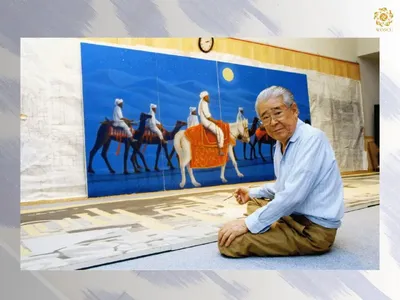
Hirayama Ikuo, scientist and artist who survived the atomic bombing
It should be noted Hirayama Ikuo (1930 – 2009), as without exaggeration, he can be called the most popular Japanese artist of the second half of the 20th century, who became the honorary citizen of the cities of Kamakura and Tashkent, Hiroshima Prefecture, was the UNESCO Goodwill Ambassador, and a recipient of the Order “For Merits in Areas of Culture” – one of the highest awards of Japan.
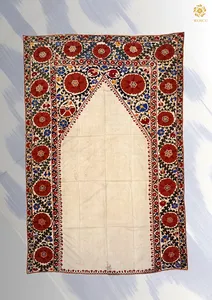
A charming tablecloth, joynamaz rugs, sandalpush in the Hiroshima Museum...
Hiroshima Prefectural Art Museum was opened in Hiroshima City, the prefecture of Hiroshima, in 1968.
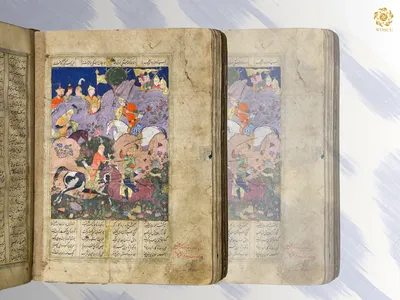
Features of oriental miniatures in the 17th century in Bukhara
The final peak in the development of miniature art occurred in Bukhara in the 17th c entury.

Arabic script as a form of fine art
The art of manuscripts occupies a special place in Oriental culture.
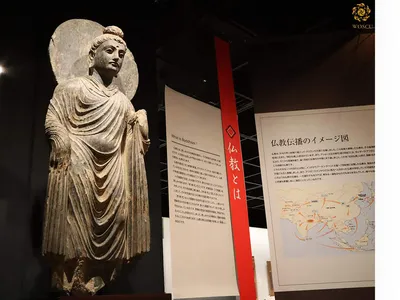
Did you know that there is a Buddhist university?
Ryukoku University, located in Kyoto, is a Buddhist higher education institution that celebrates its 380th anniversary in 2019.
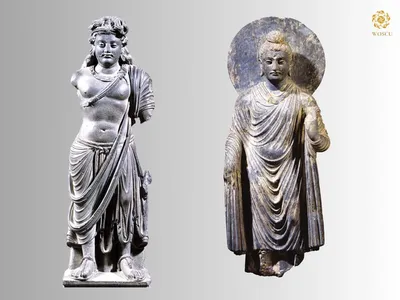
Kushan aristocracy and Buddha sculptures
The aristocracy and trade noblemen of the Kushan Kingdom ordered the production of numerous sculptures of Buddha, which filled the temples in Gandhara.
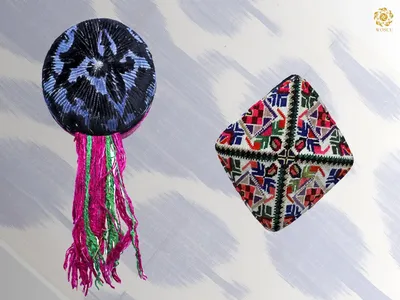
The heyday of the skullcap art
The history of the skullcap goes into deep antiquity.
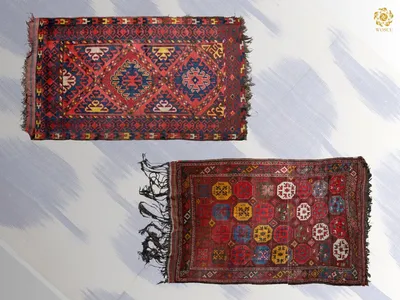
Carpet patterns and their meaning
The art of carpet weaving is rooted in remote antiquity.
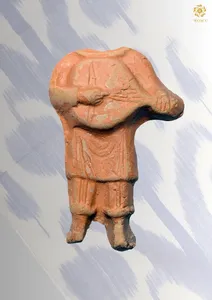
Who are Mutrib, Sazanda and Ghazalkhan?
During the reign of Amir Temur, the art of performing with various instruments was encouraged.

What kind of shoes did the women residents of Surkhandarya wear?
Traditional footwear consisted of kalish, kalish-makhsi, khakkari kavush (on wooden heels) and popush.

Medallions and formulas written on them in the crypt of Amir Temur
In the center of squinches, located between the archivolts the arched niches of the crypt of Amir Temur, created during his lifetime and located in the city of Shahrisabz, Kashkadarya region, there are pointed medallions with epigraphic compositions and floral ornamentation carved inside.
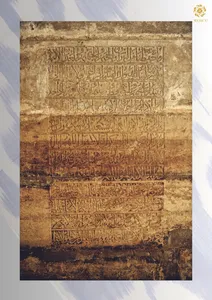
A rare architectural structure that has suffered loss
On the crypt and on the surface of the sarcophagus prepared by Amir Temur for himself in Shakhrisabz there are various inscriptions, verses, formulas and prayers quoted from the Quran.

Beauty in the bedroom of Hutton Castle
Sir William Burrell (1861 – 1958) was a Glasgow merchant shipping owner.

Set of unusual bowls
Okayama Orient Museum was founded on April 6, 1979.
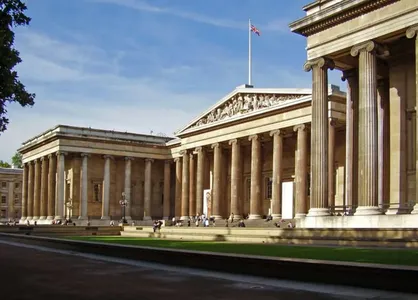
How do we define the specificity of Central Asian collections?
In the case of the collections in the British Museum, it is mainly defined by what lies in the department of the Middle East, although there are many coins from Central Asian mints in our Department of Coins and Medals, and a large collection from the oases of Xinjiang which was formed as part of Sir Aurel Stein’s explorations there between 1900 and 1931, and held in our Department of Asia.

Expressive style of Muhammad Murad Samarkandi (Part II)
The name of Muhammad Murad was also discovered on some other miniatures from world collections.
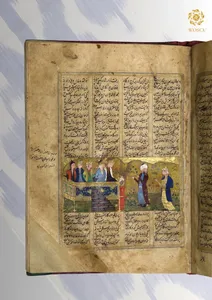
Expressive style of Muhammad Murad Samarkandi (Part I)
The work of the miniaturist Muhammad Murad in the Shah-nama manuscript demonstrates features of an innovative style differing both from the heart and Behzad as well as Mawarannahr styles described above.
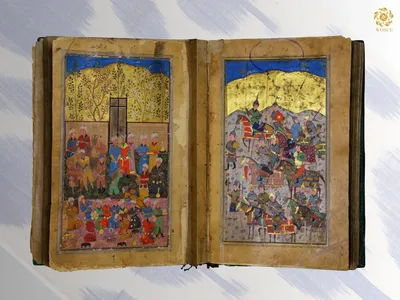
Features of miniatures of Mawarannahr in the 16th century
The miniatures of the Mawarannahr school of the 16th century are of varying quality.

When did the Khorasan school of Sufism appear?
Starting in the 10th – 11th centuries, Sufi mystic teaching (tasavvuf) originating from Islam, with its expressive musical and poetic forms, begins to develop parallel to the secular tradition.
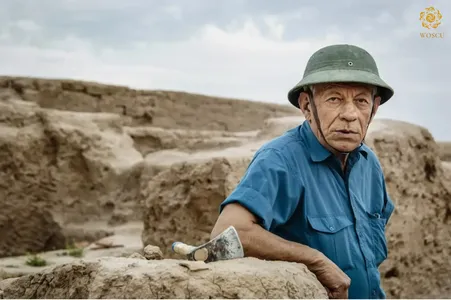
In Memory of Edward Vasilievich Rtveladze
Today, May 14, marks what would have been the 82nd birthday of academician, Doctor of Historical Sciences, archaeologist, historian, and distinguished specialist in numismatics, culture, and art, Edward Vasilievich Rtveladze.
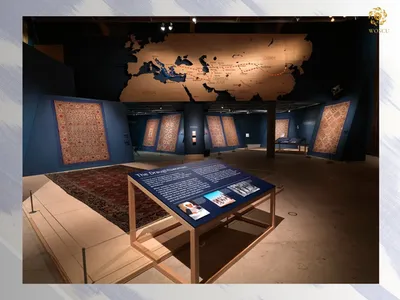
Islamic Art in the Burrell Collection
The Burrell Uzbek Suzanis are part of Sir William’s Islamic collection, which consists of some 468 objects.

The scientist bequeathed her entire collection of calligraphy to the museum
The Linden-Museum in Stuttgart is one of the most famous ethnological museums in Europe.

Who is Shams ad-din Kular buried in Dar ut-Tilovat?
Shams ad-din Kular, who is buried in the Dar ut-tilavat complex in Shahrisabz, Kashkadarya region, died around 1350.
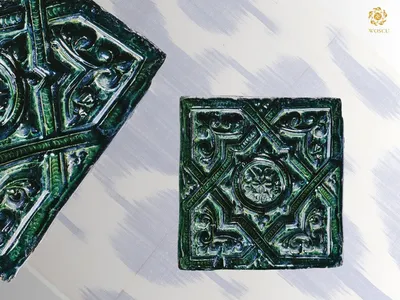
Timurid period tile
The Linden-Museum in Stuttgart is one of the most famous ethnological museums in Europe.
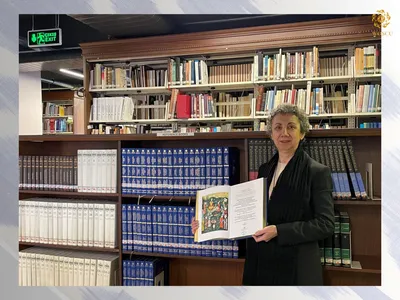
Expanding Knowledge Horizons: New Addition to IRCICA's Collection from WOSCU
The Research Centre for Islamic History, Art and Culture (IRCICA) has enriched its library collection thanks to a significant contribution from the World Society for the Study, Preservation, and Popularization of the Cultural Legacy of Uzbekistan (WOSCU).
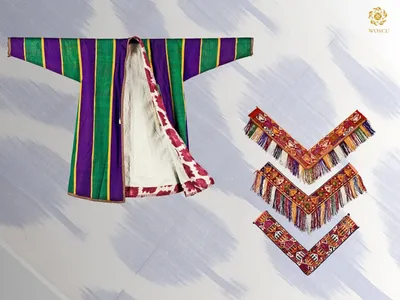
Collection of the Linden Museum in Stuttgart
The Linden-Museum in Stuttgart is one of the most famous ethnological museums in Europe.
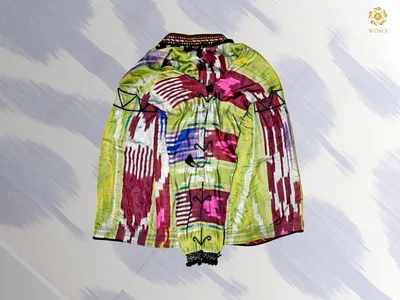
Paranja
The paranja was worn like a cloak thrown over the head so that the face could be veiled if necessary.
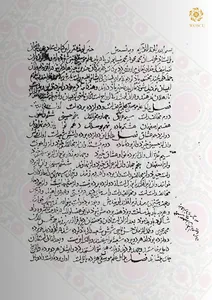
Musical science during the reign of Amir Temur
In the late 14th – early 15th centuries, the canons of urban secular professional music were formed, based on a complex systems of modalities including 12 maqams (parda), six avazas, 24 shu’bas and rhythmic formulas (usuls).

Maqamat is the art of the united Muslim civilization
During the rule of Amir Temur, Samarkand, Bukhara and other cities formed the artistic and aesthetic foundation of future interactions and synthesis with Turkic and Persian musical traditions, especially in the sphere of professional music making, maqamat.
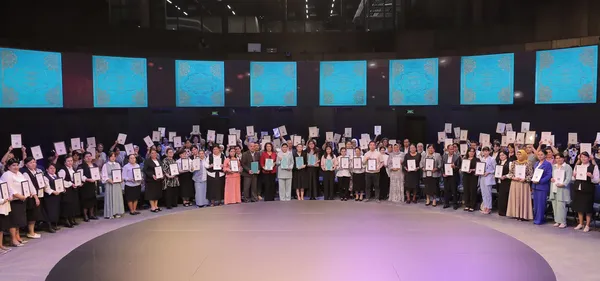
School libraries in the Tashkent region received 17,000 books on the architectural epigraphy of Uzbekistan
In the latest campaign to distribute certificates for the gratuitous receipt of book-albums from the series 'Architectural Epigraphy of Uzbekistan', representatives of schools from the Tashkent region participated. This time, 17,400 books were received by 870 educational institutions.

How did cultural life change in Samarkand under the reign of Amir Temur?
New stage in the development of musical art takes place in the final third of the 14th – beginning of the 15th century during the reign of Amir Temur.

Bosh is the main headdress of married women of Surkhandarya
The basis of the bosh is a round braid cap kiygich, the front part of which was decorated with an embroidered braid.

Chapans of the 19th century
In the 19th century in Central Asia chapans (a form of coat) were worn as outer wear under various names depending on how they were made, the materials employed and where they were produced.
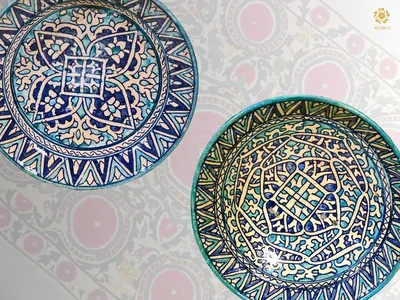
Khorezm ceramics
The main centers of Khorezm ceramics are the village of Madyr and the settlement of Kattabog near Khiva.
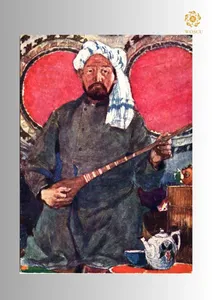
How did the secular art of Mawarannahr influence the court traditions of the Arab Caliphate?
The rich pre-Islamic traditions of secular court music in Central Asia and their “schools” for female singers, dancers and instrumentalists had a noticeable impact on the emerging art of courtly traditions in the Arab centers of the caliphate.
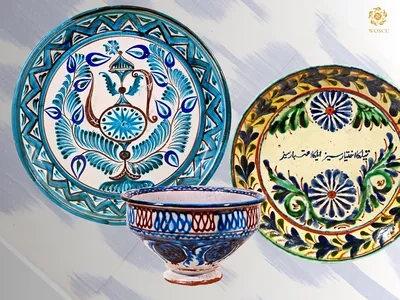
About Uzbek ceramics
Rishtan is one of the oldest and best-known centers for fused ceramics.
